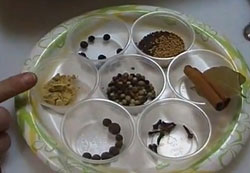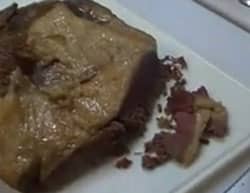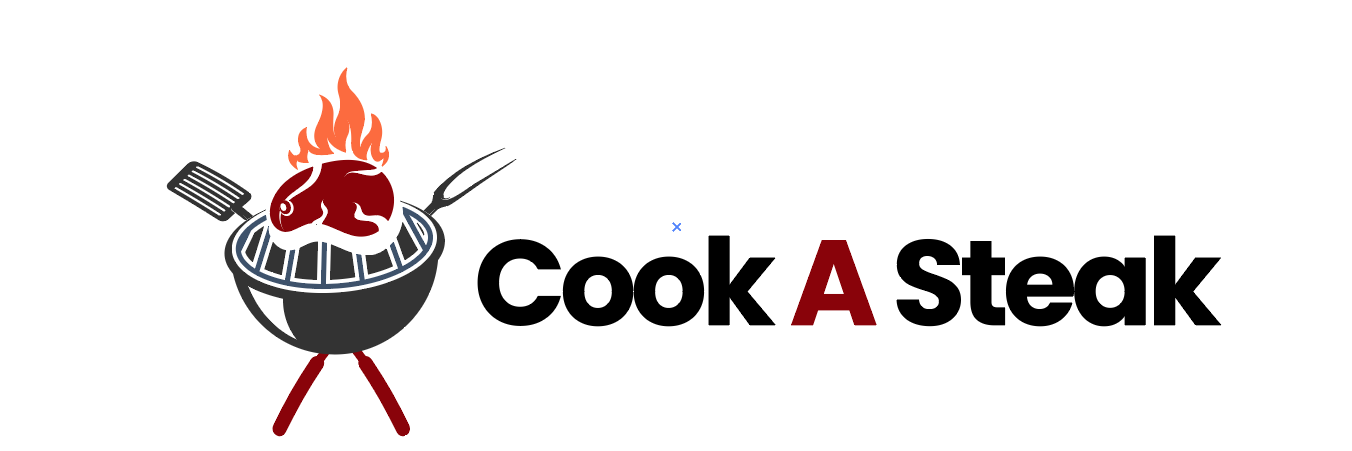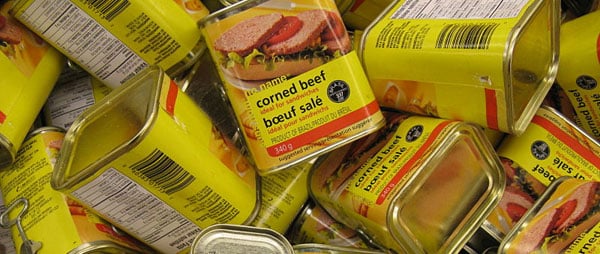The History of Corned Beef
The practice of salting meat goes back to Ancient Europe, and the Middle East, but it was the Irish that made corned beef popular. The corned beef was used and traded extensively from the 17th century to the mid-19th century for British civilian consumption and as provisions for the British fleets and North American armies. The Irish also exported it to France and the French brought it to their colonies. It mainly went to the Caribbean sugar plantations as sustenance for the colonists and their slave laborers.
What meat cut is Corned Beef?
The early corned beef of the 17th century was made of tough and undesirable parts such as necks and shanks. There were three categories: ‘Small Beef’, ‘Cargo Beef’ and ‘Best Mess Beef’. Many of the lower grades were sold to the French and the better qualities were saved for the British colonies. Nowadays, corned beef is mostly made from the brisket and is highly valued for sandwiches.
Corned Beef today
In the United States and Canada, corned beef is a cut of beef (usually brisket, but sometimes round or silverside) cured or pickled in a seasoned brine.
In the United Kingdom, corned beef refers to the variety made from finely minced corned beef in a small amount of gelatin (bully beef; from the French bouilli, “boiled”), and is sold in distinctive, oblong cans.
Make your own Corned Beef
Making your own corned beef is not very difficult; it just requires time. Begin by starting your salting process 9 days in advance. Use only high quality ingredients for the best result. Eating 100% grass-fed beef has 60% more omega-3 fatty acids, two times more vitamins A & E, three times more heart healthy conjugated linoleic acid and a higher concentration of good fats. For more details, ask your butcher.
Making your brine for your Corned Beef
 2 quarts water
2 quarts water
1 cup kosher salt
2 tablespoons saltpeter
1/2 cup brown sugar
1 cinnamon stick
1 teaspoon mustard seeds
1 teaspoon black peppercorns
8 whole cloves
8 whole allspice berries
10 whole juniper berries
2 bay leaves, crumbled
1/2 teaspoon ground ginger
Boil the water and add the salt, brown sugar, and saltpeter. Stir until it dissolves.
Then add the spices and let your brine cool.
Place your brisket in a large zipper-style plastic bag and pour your brine over the meat. Let the extra air out before closing. Place the bag in a plastic container.
Refrigerate or set in a cool place for 10 days.
TIP
Saltpeter is known commercially as potassium nitrate and is used to give the meat a pink coloring. If you can’t get this at your local store then you can just leave it out.
Cooking your Corned beef
 1 small onion, quartered
1 small onion, quartered
1 large carrot, coarsely chopped
1 stalk celery, coarsely chopped
two medium-sized potatoes
bottle of stout beer
Rinse your brisket and put it aside. Chop the celery, carrots, onion and potatoes and put in the bottom of a large pan like a Dutch oven. Place your Corned Beef over vegetables. Add the bottle of stout beer, pepper and salt and enough water to just cover your Corned Beef. Cook on low until the meat is tender. This can be up to eight hours



